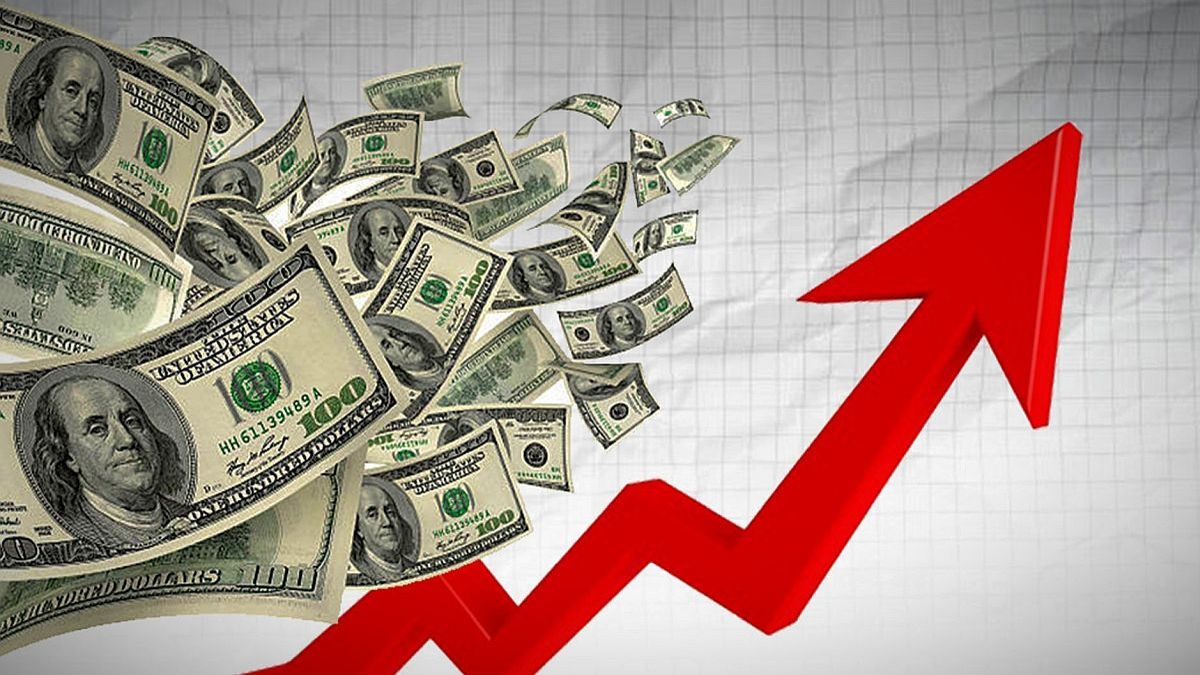The wholesale dollar in the last 12 months rose 105.0. If in the month of June inflation stands at 7.0% per year, in the last 12 months it would stand at 117.8% per year. The dollar Cash With Settlement (CCL) ended June at $512.40 in the last 12 months, it rose 102.4%. From these data it can be deduced that inflation is growing above the evolution of the dollar in all its variants.
The merval index in pesos in the last 12 months rose 382.0%, and in dollars 138.0%, clearly the big winners.
He AL30 bond in the last 12 months it rose 37.2% and the AE38 32.1%, the big difference is that much higher coupons were charged with the AE38 than with the AL30.
With these numbers on the table, we see that the dollar is lagging behind the evolution of inflation, or else the dollar was arbitrated to go in search of other assets in the market.
If we look at the Central Bank, we observe that as of June 30, 2022, the reserves were US$ 42,787 million, this Friday they closed at US$ 27,993 million, a drop of US$ 14,794 million in one year, more than US$ S 1,000 million loss per month.
Monetary liabilities as of June 30, 2022 totaled $10.9 trillion, as of June 23, 2023 they totaled $22.0 trillion, this implies an annual increase of 102.0%.
The equilibrium dollar a year ago was $254.8 and today it would be $785.9, a year ago the alternative dollars were around $250, today around $500. It seems that we have a little bit of backwardness.
The scenario becomes more critical.
In the last 12 months, the Argentine trade balance measured by the indec shows us that exports are located at US$ 80,500 million and imports at 79,476 million, which results in a positive balance of US$ 1,024 million. A year ago the balance of the trade balance was positive at U$S 10,954 million. The drought leaves us without dollars.
What we have actually charged for exports and what we have paid for imports is not similar. In the last 12 months, the Central Bank records export receipts for US$ 83,265 million, this is explained because exporters have advanced foreign currency to the Central Bank for US$ 2,765 million. In the case of imports, what was effectively paid by the Central Bank amounts to US$ 65,220 million, which implies that it owes US$ 14,256 million. Between both concepts, the Central Bank was financed in the market for US$ 17,021 million.
If no advance payment for exports or postponed payment of imports had been requested, the gross reserves would be less than US$ 10,000 million, the real ones being highly negative.
what’s coming
The market is discounting that Argentina will face the payment of the income coupons of the sovereign bonds on July 9, however, what is said in constant and sound dollars would give the impression that there are very few.
The agreement with the IMF is still delayed, despite the fact that it was paid in a timely manner. We are not going to be doomsayers, we believe that the money to pay the sovereign bonds will be obtained, although the government continues to play on the edge of the ledge.
The government, if it agrees with the IMF, would have the dollars insured to meet its obligations until the PASO elections on August 13, although it would not have the dollars insured until the general elections on October 22 and the second round on November 19. There should be new agreements or the arrival of fresh financing so that nothing hinders the development of international trade.
The version of a COUNTRY tax on imports would come to try to secure the dollars to reach the general elections and the second round without problems. Remember that the PAIS tax is a 30% tax that one year later is deducted from earnings payments.
conclusions
. – We have a very restrictive scenario in terms of dollars, through patches the current government can reach December 10, 2023, but it will not be exempt from assuming high economic costs, which will impact higher inflation and social conflict.
. – The next government will have to work on two levels in the future, genuinely increase reserves, more financing is no longer useful, now it is necessary to sell State assets to increase reserves and catch up with importers, companies that need to pay debts to the abroad and remit profits, in these three concepts we are talking about a sum close to US$ 50,000 million. On the other hand, debt in pesos must be canceled to reduce the Central Bank’s liabilities.
. – Lift the dollar stocks, would imply getting up to date with all the concepts expressed in the previous point. It does not seem possible that the stocks can be lifted in the first year of the next government, although the candidates make an effort to say that this is possible.
. – The rebound in stocks and bonds looks very important, but we don’t know if it can be sustainable given the scenario of dollar scarcity that lies ahead, and the abundance of pesos issued (and to be issued if the fiscal deficit is not reduced). ).
. – The decapitalization of the Central Bank is enormous, and this would force the next government to sell assets, achieve a fiscal surplus with the treasury and cancel debts in pesos allocated to the Central Bank, so that the banks inject more credit into the economy.
. – The gap between monetary liabilities and reserves is very high, and the wholesale dollar at $256.7 and the alternative dollars around $500 look at a fantasy price, they could double by the end of the year. Annualized inflation of around 117.8% per year could double if the State’s problems are not dealt with more responsibly.
Source: Ambito
I am a 24-year-old writer and journalist who has been working in the news industry for the past two years. I write primarily about market news, so if you’re looking for insights into what’s going on in the stock market or economic indicators, you’ve come to the right place. I also dabble in writing articles on lifestyle trends and pop culture news.




